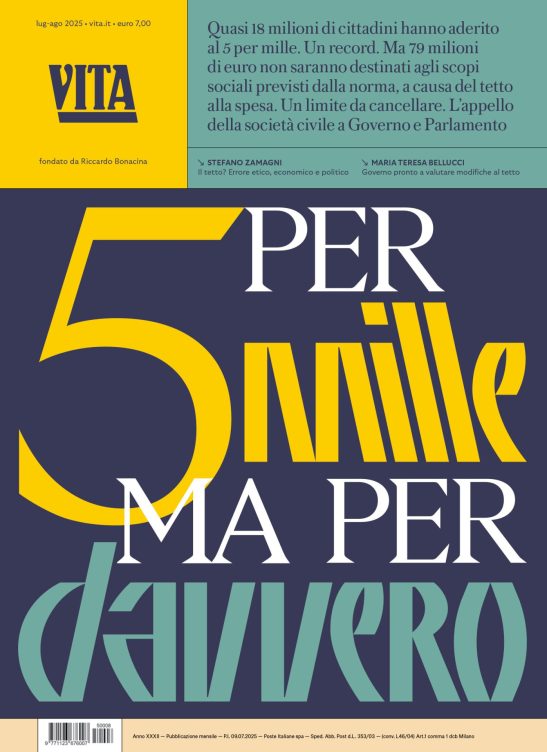Sostenibilità
Polish coal plant among the dirtiest in EU
The WWF preliminary "dirty thirty" list reveals the most polluting industries in Europe
di Staff
As Michael Szabo of Reuters AlertNet, the humanitarian news network, reported on April, 3rd, 2009, Poland is home once again to Europe’s dirtiest power plant, topping the EU’s “dirty thirty” list, even though German utilities still owned 11 of the 30 most polluting facilities in the European Union in 2008, preliminary EU data showed.
Poland’s Belchatow coal plant, run by state-owned utility BOT Elektrownia, spewed out the most climate-warming carbon dioxide (CO2) of any EU installation last year, pumping the equivalent of 30.9 million tonnes into the atmosphere. This amount, comparable to the total greenhouse gas emissions of Croatia, was nine percent more than the plant emitted in 2007 and bucked a trend which saw overall EU industrial emissions drop last year.
The “dirty thirty”, a term first coined by green group WWF in 2005, belched some 387.5 million tonnes of CO2 in 2008, down 2.2 % from 2007.
Analysts said emissions from all EU heavy industry fell by around 4-5 % last year due to lower industrial production caused the global economic downturn and power plants switching to burning natural gas over more carbon-intensive coal.
The top emitter in 2007 — Kraftwerk Niederaussem, owned by Germany’s RWE — saw its emissions drop by 20 % to 24.9 million, the largest drop in the group but not enough to keep it out of second place.
RWE owns 4 of the top 7 polluting plants.
The 11 dirtiest German facilities emitted 165.9 million tonnes of CO2 last year, down 3.9 % from 172.7 million tonnes in 2007.
Analysts said the drop in German industrial emissions was largely due to a switch by utilities to burning bituminous coal from more carbon-intensive lignite, also knows as brown coal.
Britain’s top five polluters, including the dirty thirty’s fourth-ranked Drax power station, saw their total emissions rise by 2.6 % to 60.1 million tonnes.
The British government last week said overall UK emissions fell by 2 % in 2008.
The thirty’s largest net gain also came from Poland’s Belchatow, up 2.5 million tonnes in 2008, while the largest percentage rise, 13.5 %, occurred at German steelmaker ThyssenKrupp’s plant in Duisburg.
The preliminary data, a first glimpse into EU industrial emissions for 2008, is widely watched by participants in the EU’s emissions trading scheme, the 27-nation bloc’s flagship weapon in its battle against climate change.
Scientists warn that rising atmospheric CO2 levels will cause global temperatures to increase, which in turn could trigger widespread disease, famine, flooding and drought.
The $90 billion emissions trading scheme caps EU industrial CO2 emissions, then gives a corresponding number of permits to participants. Those companies that seek to emit over their quota must buy permits from those who have made emissions cuts.
Last year marked the first year that the European Commission avoided handing out an excess of emissions permits to industry.
Source: www.alertnet.org
Cosa fa VITA?
Da 30 anni VITA è la testata di riferimento dell’innovazione sociale, dell’attivismo civico e del Terzo settore. Siamo un’impresa sociale senza scopo di lucro: raccontiamo storie, promuoviamo campagne, interpelliamo le imprese, la politica e le istituzioni per promuovere i valori dell’interesse generale e del bene comune. Se riusciamo a farlo è grazie a chi decide di sostenerci.
